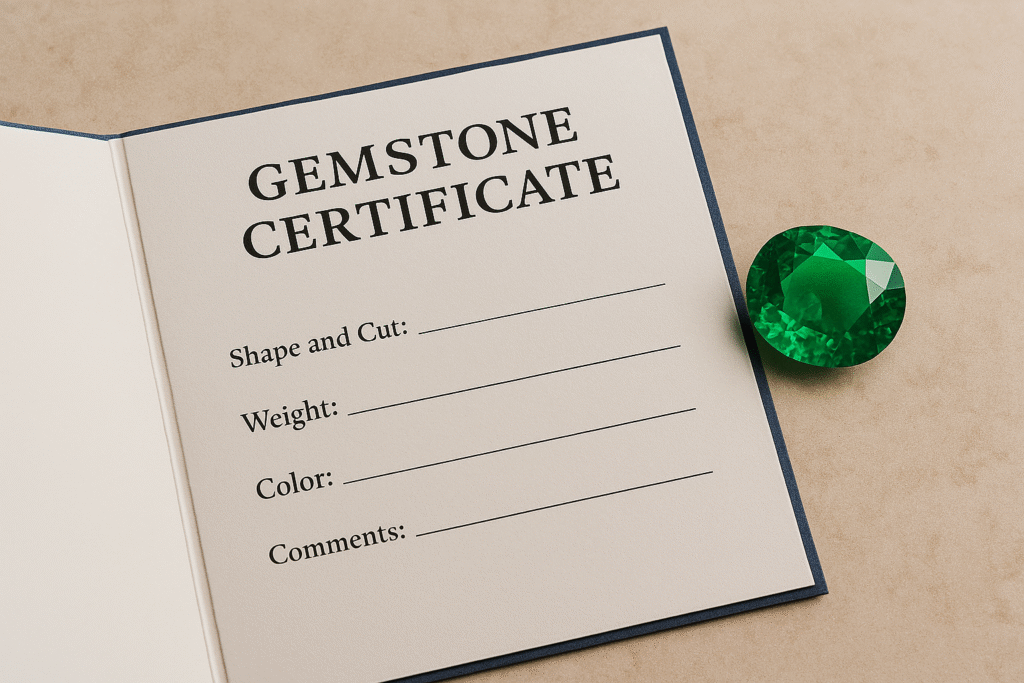Many travelers fall for the “vacation gem” trap. Learn how high-pressure sales and emotional souvenirs lead to overpriced stones. Protect your money before buying jewelry abroad.
You’re on vacation. Sun, sand, and the promise of a good deal.
A street vendor or dockside shop waves you in.
They show you a “rare” tanzanite or sapphire.
They promise it’s an investment.
They say it’s only available here, today.
Sound familiar?
That’s the vacation gem trap.
Why Tourists Get Caught
- High-pressure tactics: Sellers know you’re relaxed, spending freely, and unlikely to check facts.
- Emotional pull: The stone is framed as a memory of your trip.
- Fake urgency: The “deal” is available only if you buy now.
What You’re Really Paying For
- A story, not a stone.
- Overpriced gems with inflated “certificates.”
- Stones that may be treated, synthetic, or low quality.
That “investment-grade tanzanite” you bought for $2,000?
It might sell for $200 back home, if at all.
How to Protect Yourself
- Research before you travel: Know what real prices look like in trusted markets.
- Buy from known jewelers: Not dockside shops or hotel lobbies.
- Demand lab certification: From GIA, IGI, SSEF, or other global labs, not a local “tourist certificate.”
- Pause before buying: Ask yourself—do I want a lasting stone or just a travel memory?
A Personal Rule I Share With Clients
If you wouldn’t buy that stone at home, don’t buy it on vacation.
Souvenirs are best when they remind you of the trip, not when they remind you of the money you lost.



